Water electrolysis is a relatively convenient method for producing hydrogen gas.
In an electrolytic cell filled with electrolyte, direct current is applied, and water molecules undergo electrochemical reactions on the electrode, decomposing into hydrogen and oxygen.
The electrolytic cell is the core equipment for water electrolysis hydrogen production. When the electrolytic cell is connected to a DC power supply and the electrolysis current rises to a certain value, the water in the electrolytic cell is electrolyzed into hydrogen and oxygen. H2 is mainly produced in the cathode chamber, while O2 is produced in the anode chamber.
What we mainly produce are Alkaline-type hydrogen systems and PEM-type hydrogen systems.
ADVANTAGES OF ALK ELECTROLYZER
-stack output pressure 1.5-3.2 Mpa (without compresor)
-Large capacity of single stack (2000Nm3/h = 10MW)
-Large capacity of single purification unit (8000Nm3/h)
-High efficiency
DC power consumption : 4.3~4.6kwh/Nm3 H2
AC power consumption : 4.6-5.0kwh/Nm3 H2
-Independent intellectual property rights
-Fully automatic operation
-Less construction area and investment cost
-Less operation and maintenance costs
| Type of H2 plant | Containerized | Integrated | Skid-mounted | Cabinet | Electrolyzer |
| H2 Capacity | 5~1000NM3/H | 5~15NM3/H | 5~2000NM3/H | 0.5~2NM3/H | 0.5~2000NM3/H |
| Outlet pressure | 3.2Mpa | 3.2Mpa | 3.2Mpa | 3.2Mpa | 3.2Mpa |
| Purity of H2 | ≥ 99.999% | ≥ 99.999% | ≥ 99.999% | ≥ 99.999% | ≥ 99.999% |
| O2 content | ≤ 1 PPM | ≤ 1 PPM | ≤ 1 PPM | ≤ 1 PPM | O2 purity ≥ 98.5% |
| Dew point | ≤ -70℃ | ≤ -70℃ | ≤ -70℃ | ≤ -70℃ | ≤ -70℃ |

 H2 plant Hypower Project wind power to H2 2000NM3 per hour (1).jpg)
 H2 plant Hypower Project wind power to H2 2000NM3 per hour (5).jpg)
 H2 plant Hypower Project wind power to H2 2000NM3 per hour (4).jpg)
 H2 plant Hypower Project wind power to H2 2000NM3 per hour (3).jpg)
.jpg)
.jpg)

